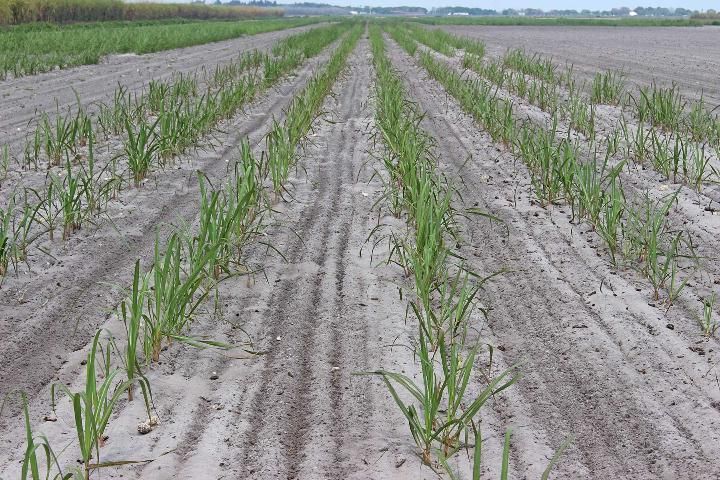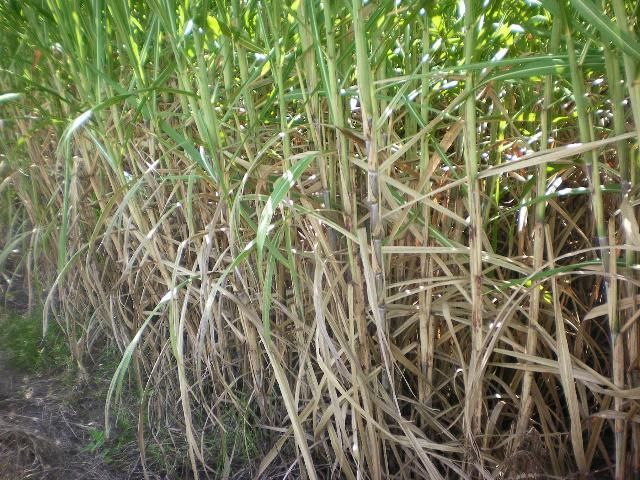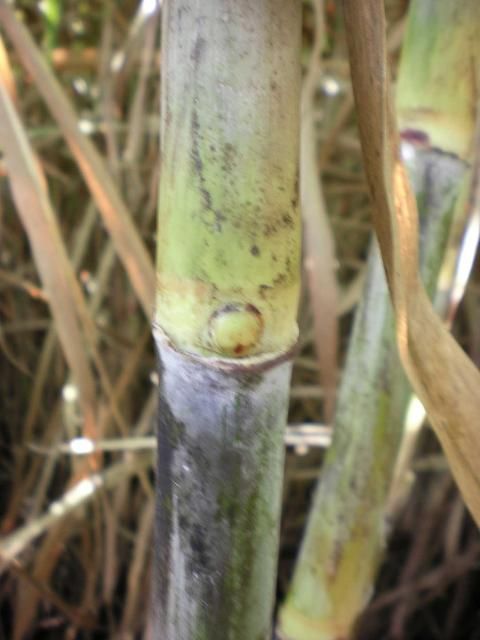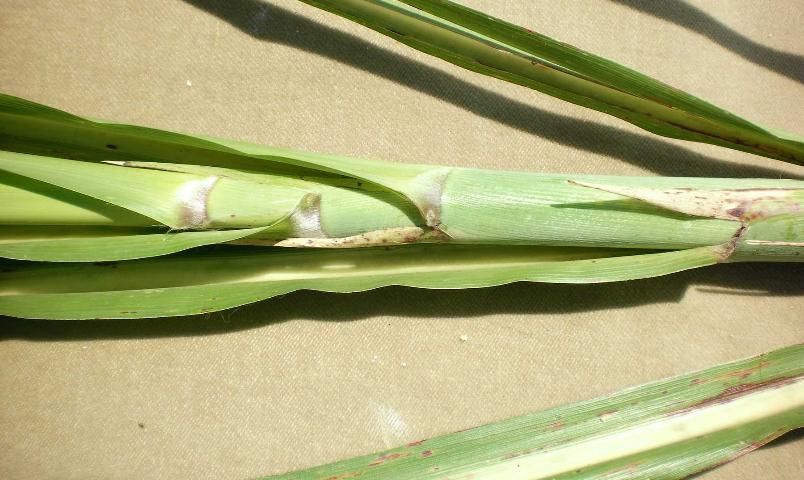'CPCL 97-2730' (Milligan et al. 2009) and 'CPCL 00-4111' (Glynn et al. 2011) were developed through the cooperative agreement among the United States Department of Agriculture (USDA) Sugarcane Field Station in Canal Point, the UF/IFAS Everglades Research and Education Center in Belle Glade, and the Florida Sugar Cane League in Clewiston. 'CPCL' indicates that the cultivars' crosses were made at the US Sugar Corporation in Clewiston (CL), and selection at different stages was carried through the cooperative breeding and selection program based at Canal Point (CP). 'CPCL 97-2730' and 'CPCL 00-4111' were ranked among the top 10 sugarcane cultivars in Florida in the 2018 Sugarcane Variety Census (VanWeelden et al. 2019) based on their total acreage. However, the acreage under these cultivars dropped in recent years due to disease concerns and both cultivars were dropped from the list of "Principal varieties" in 2024 sugarcane variety census (VanWeelden et al. 2024). This fact sheet provides basic information (Table 1) and yield and disease information (Table 2) about 'CPCL 97-2730' and 'CPCL 00-4111' to assist growers in decision-making related to further expansion of these cultivars.
'CPCL 97-2730'
'CPCL 97-2730' was released for sand. It currently occupies 3,423 acres in Florida and most of this acreage (3,393 acres) is on sand soil. 'CPCL 97-2730' is resistant or moderately resistant to most of the sugarcane diseases (especially rust) in Florida, which is very important for its expansion to larger acreage.

Credit: Wayne Davidson, Florida Sugar Cane League

Credit: Wayne Davidson, Florida Sugar Cane League

Credit: Wayne Davidson, Florida Sugar Cane League

Credit: Wayne Davidson, Florida Sugar Cane League
'CPCL 00-4111'
'CPCL 00-4111' was released for muck soil and is currently cultivated on 1,307 acres on muck soil. High tonnage and moderate resistance to brown rust (caused by Puccinia melanocephala) and orange rust (caused by Puccinia kuehnii) are positive qualities that may contribute to expansion of this cultivar's acreage. However, 'CPCL 00-4111' is also susceptible to smut and scald, which are of some concern for sugarcane cultivation on muck soils.

Credit: Wayne Davidson, Florida Sugar Cane League

Credit: Wayne Davidson, Florida Sugar Cane League

Credit: Wayne Davidson, Florida Sugar Cane League

Credit: Wayne Davidson, Florida Sugar Cane League
References
Glynn, N. C., S. B. Milligan, R. A. Gilbert, R. W. Davidson, J. C. Comstock, B. Glaz, S. J. Edmé, et al. 2011. "Registration of 'CPCL 00-4111' sugarcane." J. Plant Reg. 5: 325–331.
Milligan, S. B., R. W. Davidson, S. J. Edmé, J. C. Comstock, C.-J. Hu, D. G. Holder, B. Glaz, N. C. Glynn, and R. A. Gilbert. 2009. "Registration of 'CPCL 97-2730' sugarcane." J. Plant Reg. 3: 158–164.
VanWeelden, M. T., C. Kammerer, W. Davidson, M. Baltazar and R. Rice. 2024. "Sugarcane variety census: Florida 2023". Sugar Journal. 87(2): 6–11.
Table 1. Basic information on CPCL 97-2730 and CPCL 00-4111.
Table 2. Yield parameters and disease ratings of CPCL 97-2730 and CPCL 00-4111.